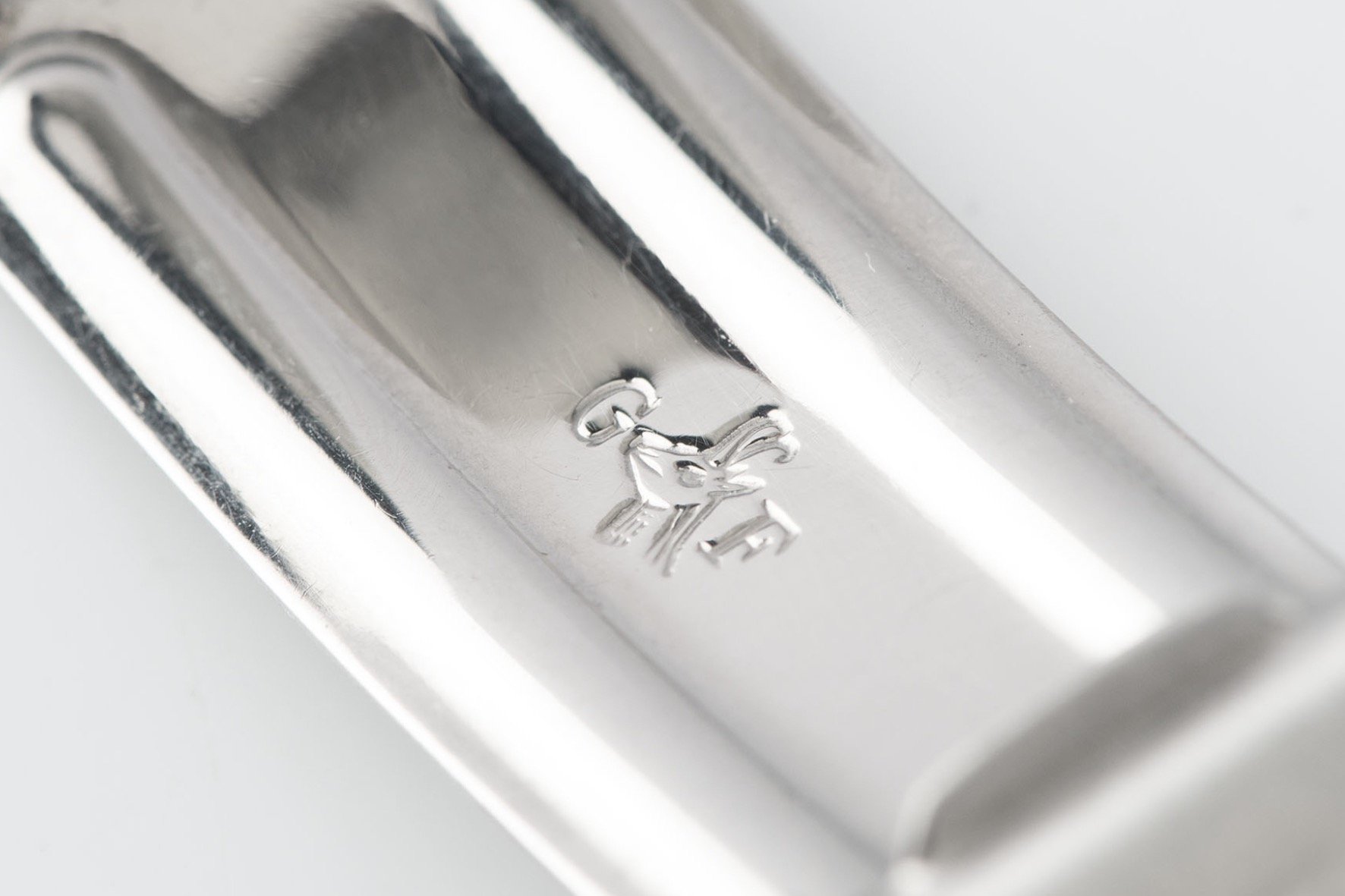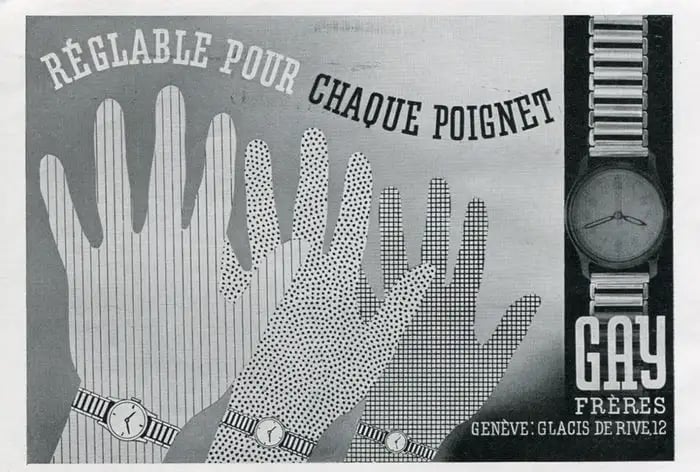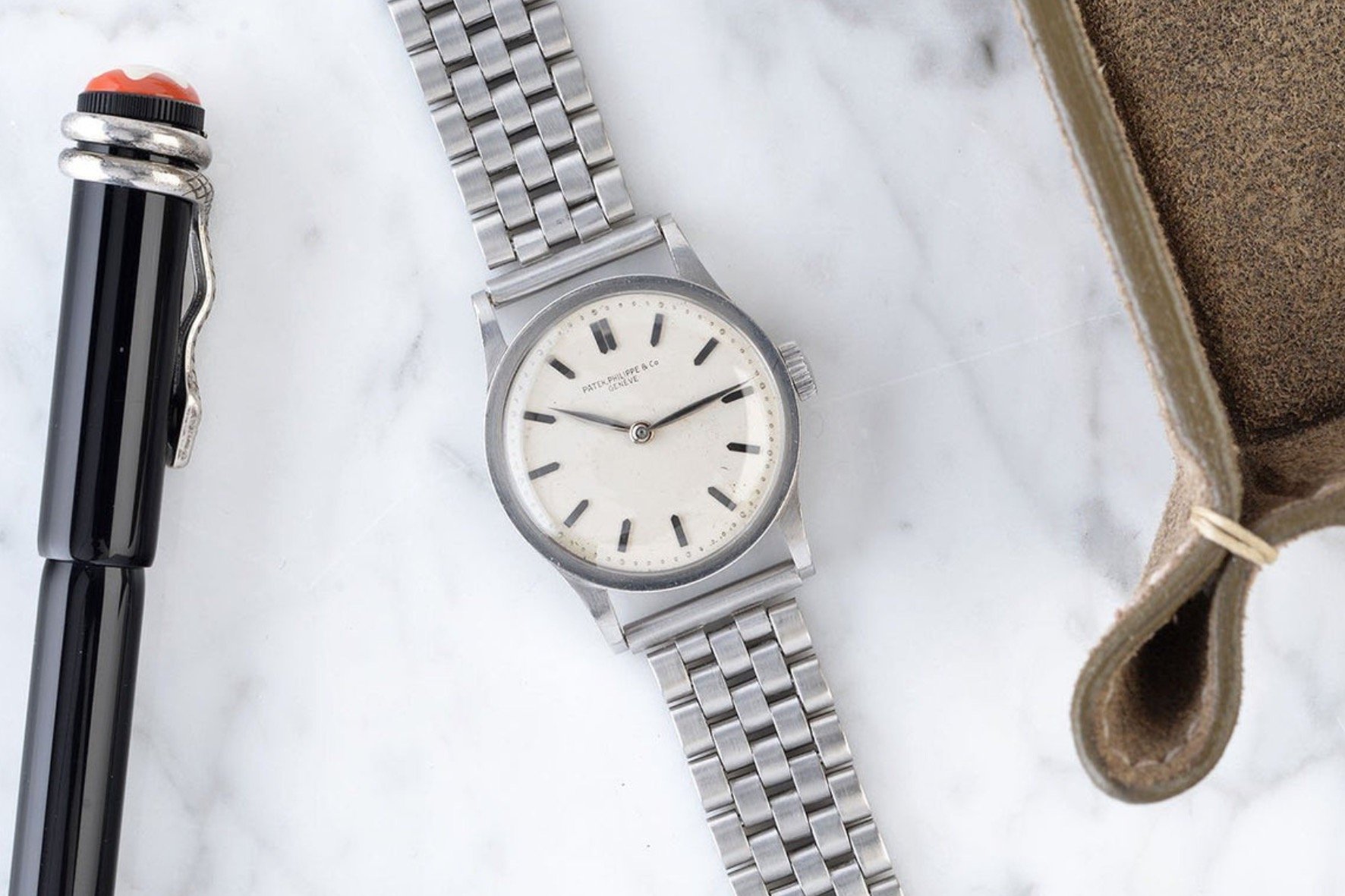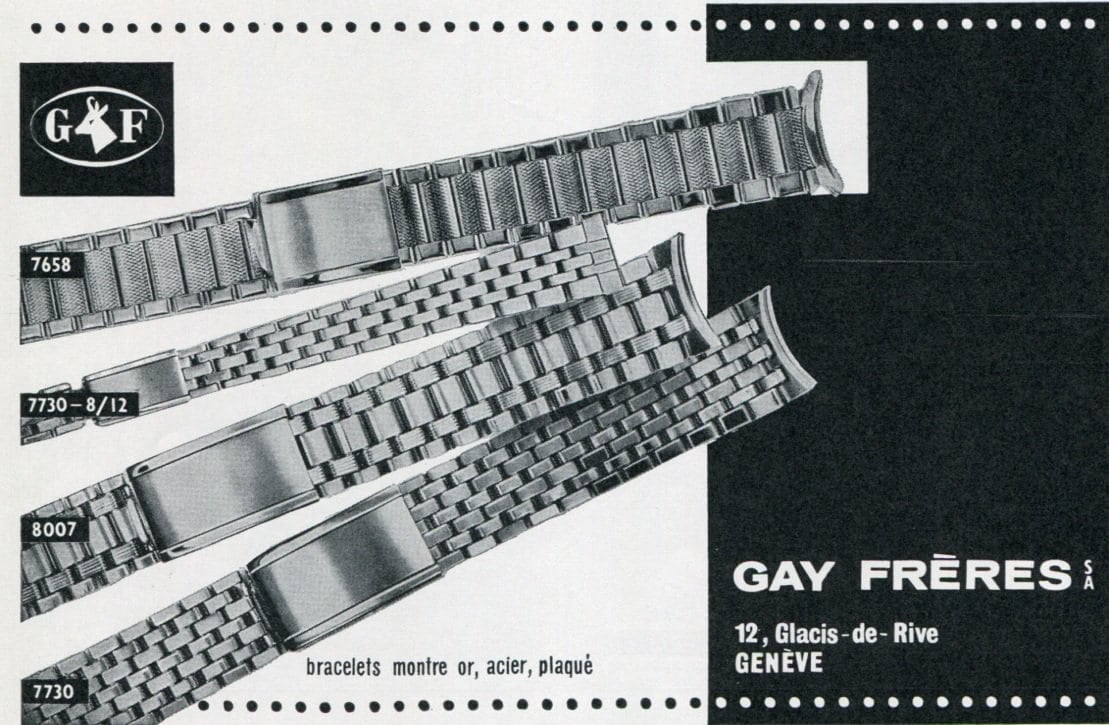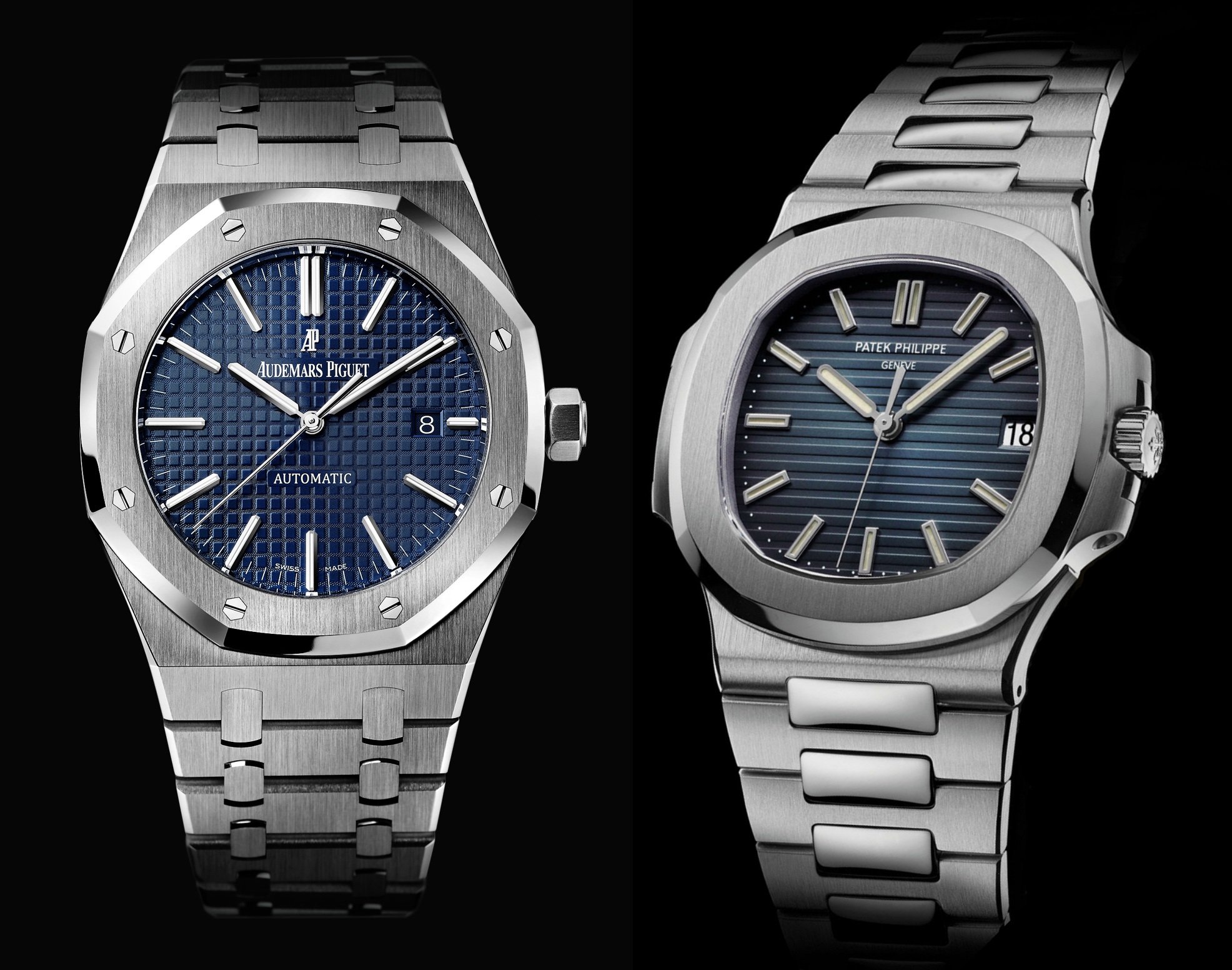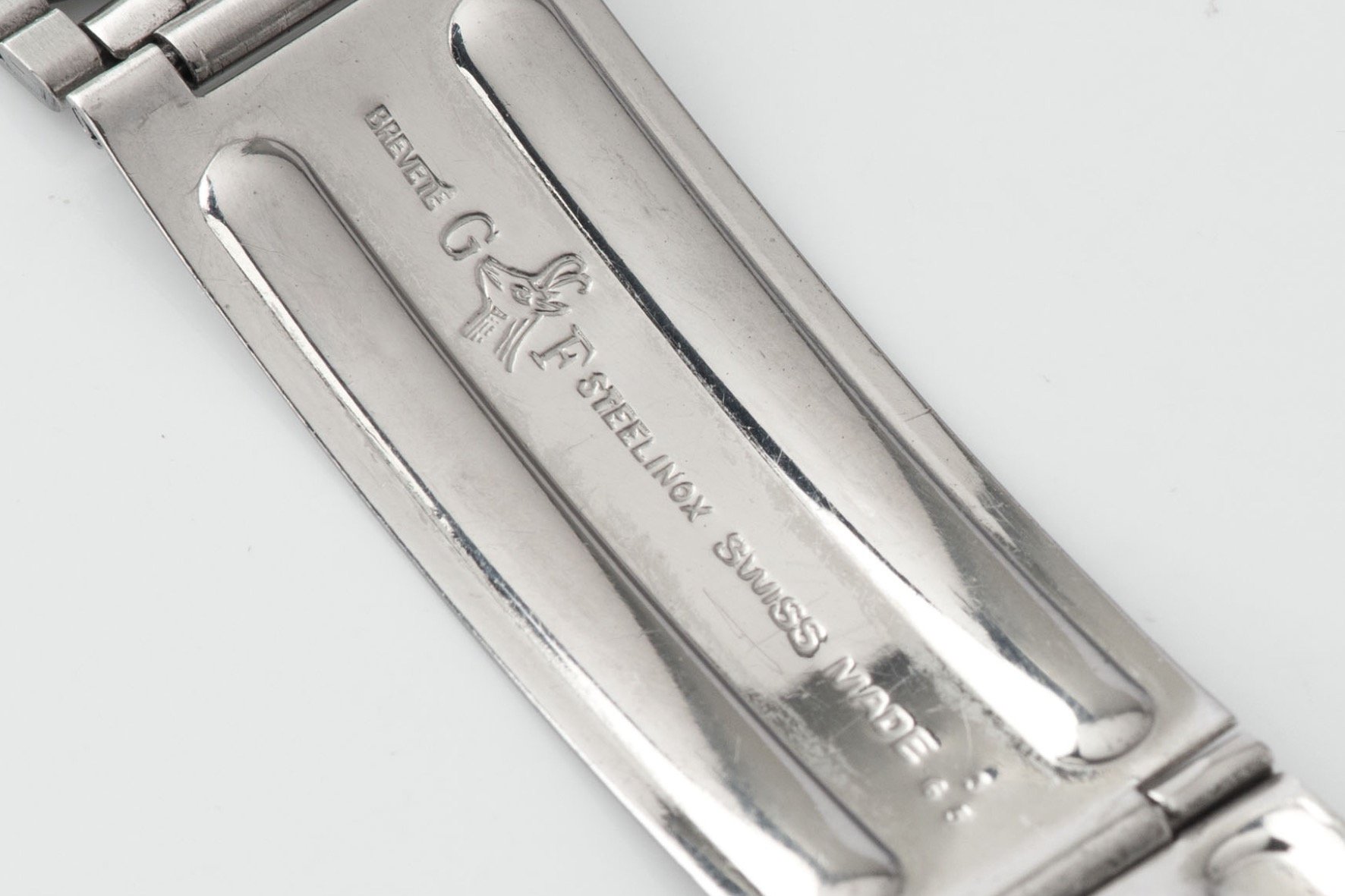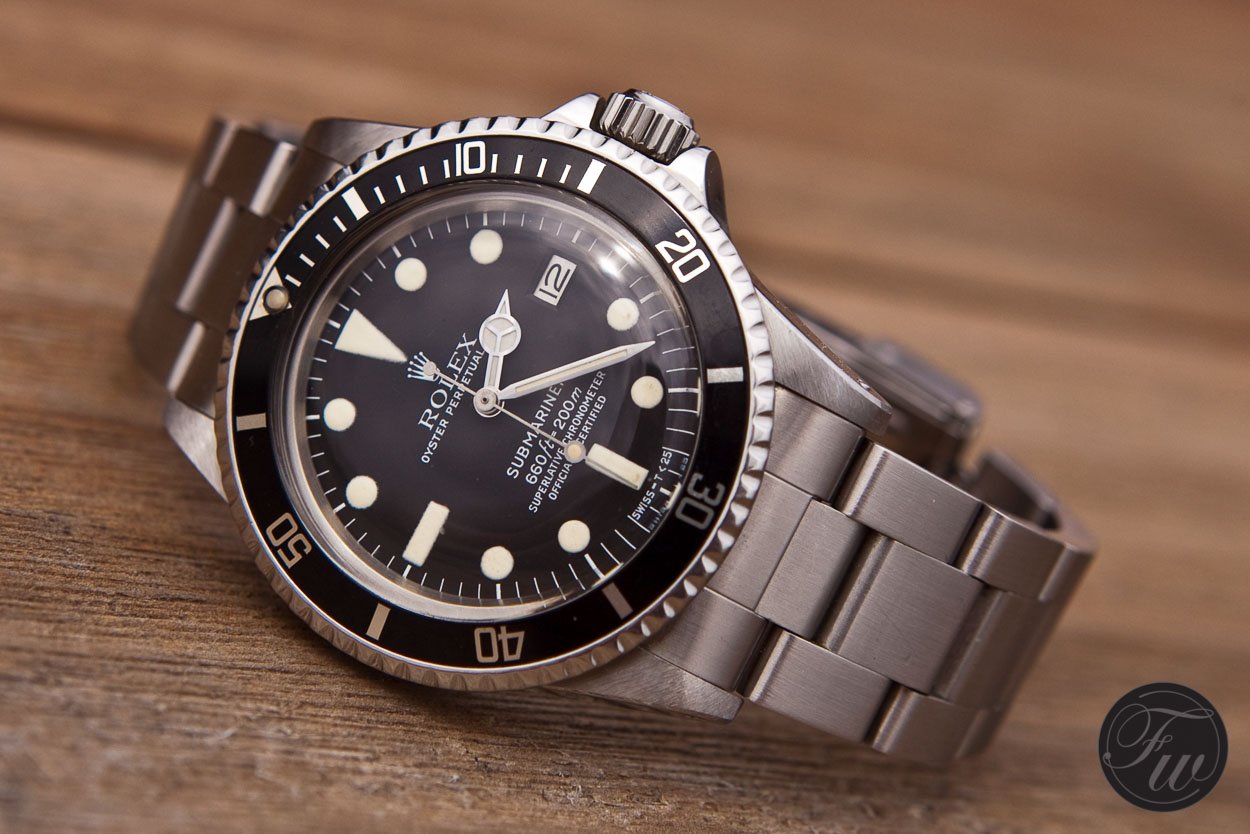Gay Frères — The Most Impactful Parts Supplier Of All?
What do the Rolex Oyster, Zenith ladder, and Heuer beads-of-rice bracelets have in common? And the iconic integrated bracelets from the Royal Oak and Nautilus? Oh, and the Bonklip and Patek beads-of-rice? Well, they were all original designs from a company named Gay Frères, a “chaîniste” established in 1835 and integrated by Rolex in 1998. It is, arguably, the parts supplier that had the biggest impact on today’s watches of all. Time to have a closer look!
The bracelet is a crucial part of your watch. Its impact on overall aesthetics and wearing comfort cannot be overstated. In fact, in many of the examples above, the bracelet has become a defining feature. Isn’t it amazing that a single company is behind all of them?
Gay Frères: Chaîniste
Gay Frères was founded in Geneva in 1835 by Jean-Pierre Gay and Gaspard Tissot. But wait, there were no wrist-mounted bracelet watches back then, were there? Well, no. Gay Frères was a so-called chaîniste, the French word for “chain maker.” The company specialized in manufacturing chains for pocket watches. I bet you have never considered that as a potential vocation!
The company dedicated itself not only to such watch chains but to bracelets and necklaces too. In doing so, Gay Frères developed great know-how and artistry in advanced crafts and techniques in (precious) metals, becoming equal parts mass producer and artisanal specialist. This is something that would prove a major USP later on — something, in fact, that would put Gay Frères at the top of its game.
We like to discuss the Quartz Crisis as a major game changer. But what about the switch from pocket watches to wristwatches? This development wreaked havoc among chaînistes in the early 20th century. Not for Gay Frères, however. The house put its experience to use in the emerging wristwatch market. And to great effect.
Early Gay Frères bracelet designs
If you follow my esteemed colleague Daan, you are surely familiar with the Bonklip bracelet style. He puts the new Joseph Bonnie variant on several of his watches. The Bonklip was one of the first major forays into wristwatch bracelets for Gay Frères. The company supplied Rolex with Bonklips from the 1930s onwards.
The style had a major selling point in its flexible sizing. The bracelet isn’t fixed in length but simply wraps around the wrist and gets hooked in at the right size. GF advertised them as “réglable pour chaque poignet” or “adjustable for every wrist.” The Bonklip was Rolex’s preferred bracelet in an age before the Jubilee, Oyster, and President.
Another early Gay Frères design was the beads-of-rice bracelet made for Patek Philippe and Vacheron Constantin. Much more jewelry-like, beads-of-rice bracelets called upon the house’s old craftsmanship. GF would make these bracelets in steel, gold, and platinum to match the great watches they were paired with.
Later designs
Rolex required a more sporty, better-integrated bracelet after WWII. The brand had already introduced the Jubilee bracelet in 1945, but the now-iconic Oyster would follow in 1947/1948. You guessed it: it was a Gay Frères design. The simpler three-row bracelet would become an industry standard and, arguably, the one bracelet to rule them all. It provided Rolex watches with a more rugged aesthetic that would remain contemporary and fresh until today.
In the decades that followed, GF produced more uniquely characteristic bracelets for other brands. The classical beads-of-rice would get a row of broader, more sporty side links for Heuer. Zenith got its trademark ladder bracelet. Both brands still use these designs today as a signature style.
However, it is good to realize that most watch brands had several suppliers for each of their parts. So it could very well be that your vintage bracelet was sourced elsewhere. The brand, not the manufacturer, usually patented the brand-specific bracelet styles.
The era of integrated bracelets
Fast forward to the 1970s and the introduction of the integrated-bracelet sports watch. I will not get into the old story of Genta, the Royal Oak, and the Nautilus once more here. Let it suffice to say that such revolutionary new bracelets posed massive technical challenges. So who did Audemars Piguet and Patek Philippe turn to? That’s right — Gay Frères.
Once more, the experience and know-how of the family-owned bracelet manufacturer made the difference. It goes to show how much of a trusted partner GF was. AP and Patek relied on Gay Frères to supply the key defining parts of the watches that would be crucial for the brands’ futures.
So Gay Frères supplied the Royal Oak’s bracelet, featuring broad single links attached via double “stadium” links. A few years later, the company produced the Nautilus’s characteristic bracelet with H-links and rounded center links. Once again, GF could add two absolute icons to its portfolio.
1998: Gay Frères is acquired by Rolex
But all good things come to an end. Rolex started its vertical integration in the 1990s by acquiring many of its parts suppliers. By 1998, it was Gay Frères’s turn. The chaîniste turned bracelet maker officially became part of the Rolex conglomerate and ceased to exist as a separate entity.
Still, the company more than deserved its place in the horological hall of fame. Original Gay Frères bracelets now add serious collectability and value to many vintage watches. But, more importantly, if you own a couple of watches on bracelets, there is a good chance there is a Gay Frères design among them.
Gay Frères has been instrumental in shaping our concept of the modern watch bracelet. So many of the styles that are now ubiquitous flowed from the pencils of GF designers. It is safe to say that many of our watches would look very different if Gay Frères had not been around. So consider this my ode to the watch world’s favorite bracelet maker.
What is your favorite GF design? And have you ever fallen for a watch because of its bracelet? Let us know in the comments below.
You can also find and follow me on Instagram: @time_travelers_journal
Featured image courtesy of Bulang & Sons

